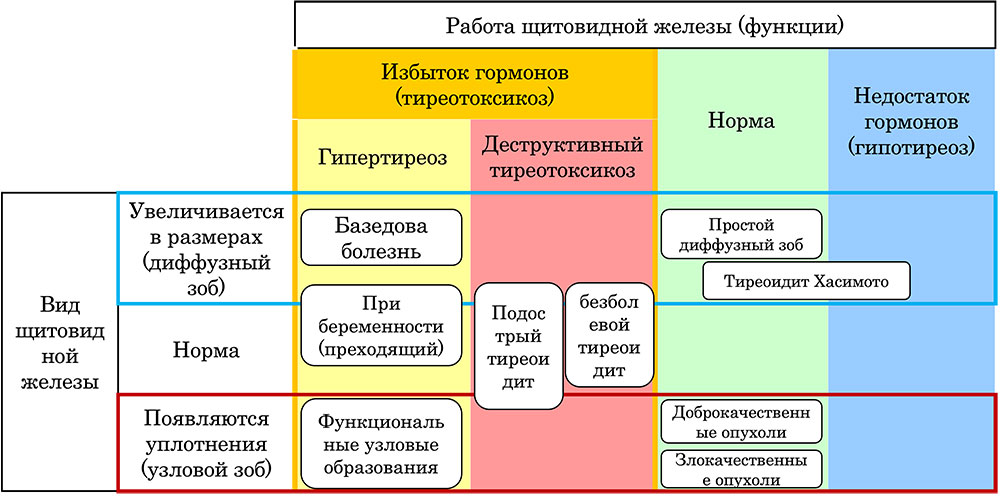{Advancements in Thyroid Research|Innovative Breakthroughs|New Develop…

본문
One of the most significant areas of innovation in thyroid disease research is the development of new diagnostic tools. Traditional diagnostic methods rely on lab tests and imaging studies, which can be onerous. Recent advancements in machine learning and artificial intelligence have led to the development of highly effective predictive algorithms that can detect thyroid cancers and other thyroid-related diseases with high accuracy, even before symptoms appear.
Another area of innovation is the discovery of new genetic mutations associated with thyroid disease. Research suggests that genetic mutations can play a critical role in the development of thyroid cancers, such as papillary thyroid cancer, which is one of the most common types of thyroid cancer. By identifying these genetic mutations, researchers can develop unique treatment plans and improve patient outcomes.
In addition, researchers have made significant progress in the field of thyroid-directed therapy. One of the most promising areas of research is the development of gene therapy for thyroid cancer. Gene therapy involves introducing functional copies of a specific gene into cancer cells to prevent their growth and spread. Early trials have shown promising results, with patients experiencing significant improvements in their quality of life and survival rates.
Another innovative area of research is the exploration of immuno-therapy for thyroid disease. Immuno-approach involves using the body's immune system to fight off cancer cells. Researchers have discovered that certain antibodies can target and destroy cancer cells, providing a new avenue for treatment. In addition, researchers have developed new vaccines that stimulate the immune system to recognize and attack cancer cells.
Furthermore, innovations in thyroid disease research have also led to the development of new treatment options for hypothyroidism. Researchers have discovered that a protein called thyrotropin-releasing hormone (TRH) can play a vital role in the regulation of thyroid function. By targeting TRH or its receptors, researchers can develop new treatments for hypothyroidism, which can improve patient outcomes and quality of life.
Finally, researchers have also made significant progress in the understanding of thyroid disease in children. Thyroid disease is more common in youth, and early diagnosis and treatment are crucial for preventing long-term consequences. Researchers have identified specific genetic mutations and environmental risk factors associated with thyroid disease in children, which can lead to the development of new diagnostic tools and treatments.
In conclusion, thyroid disease research has made significant strides in recent years. From the development of new diagnostic tools and genetic testing to innovations in treatment options and лечение щитовидной железы therapeutic approaches, researchers have made encouraging discoveries that can lead to improved patient outcomes and quality of life. As research continues to uncover the underlying mechanisms and causes of thyroid disease, we can expect to see even more innovative treatments and therapies emerge, which can revolutionize the way we approach thyroid disease diagnosis and treatment.


댓글목록0
댓글 포인트 안내